A visual survey of post-war European churches captures modernity’s spiritual exploration
The most dramatic post-war European churches are collated in ‘Sacred Modernity: The Holy Embrace of Modernist Architecture’, a six-year study by photographer Jamie McGregor Smith
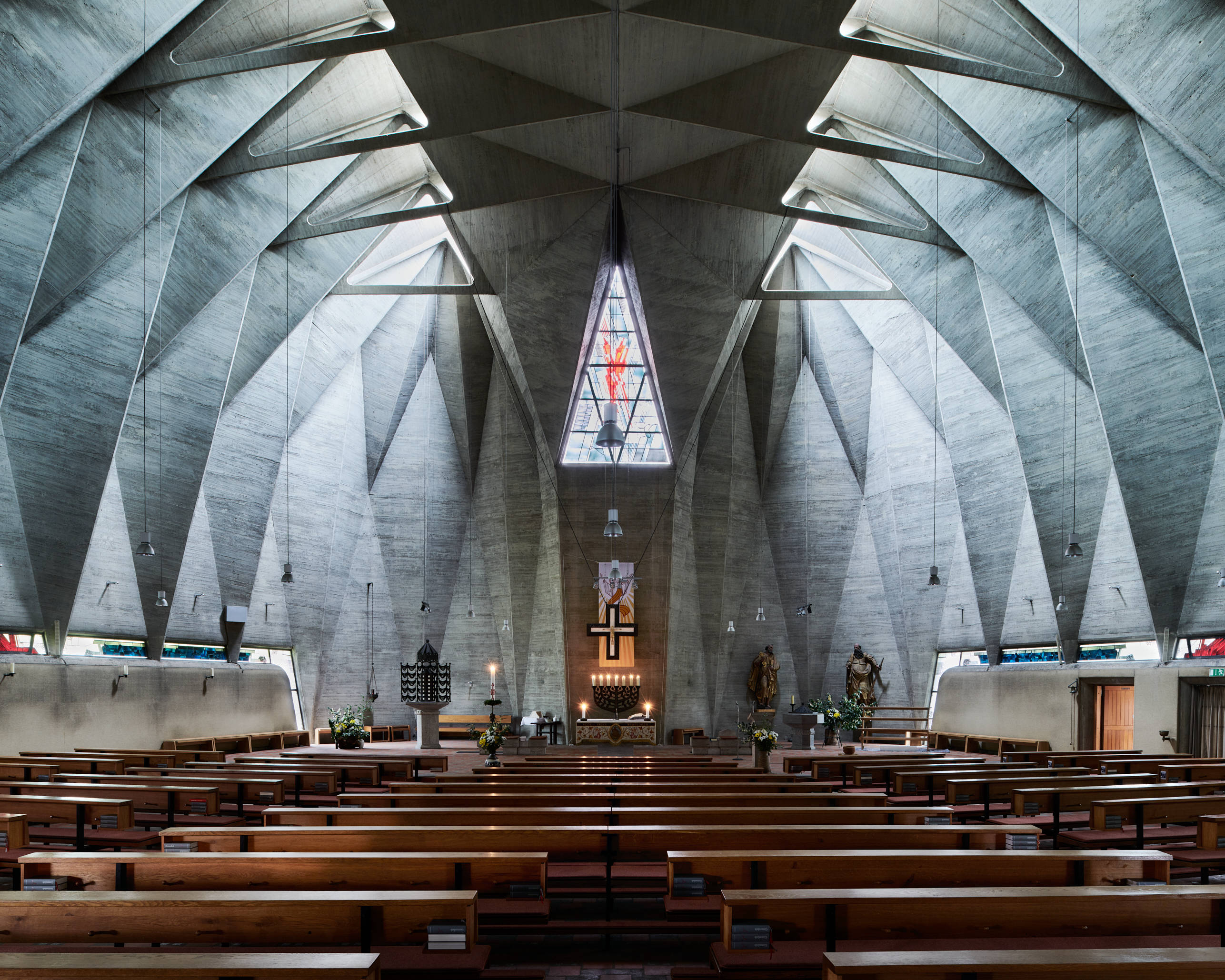
There is a rich offering of post-war European churches in the realm of religious architecture; surprising, perhaps, given the horrors of the first half of the century and the apparent absence of the divine. Clearly, a change was needed; and this new monograph from photographer (and Wallpaper* contributor) Jamie McGregor Smith, is a personal journey through the new, post-war era’s modernist architecture, bringing a fresh creative eye to these worn and weathered structures.
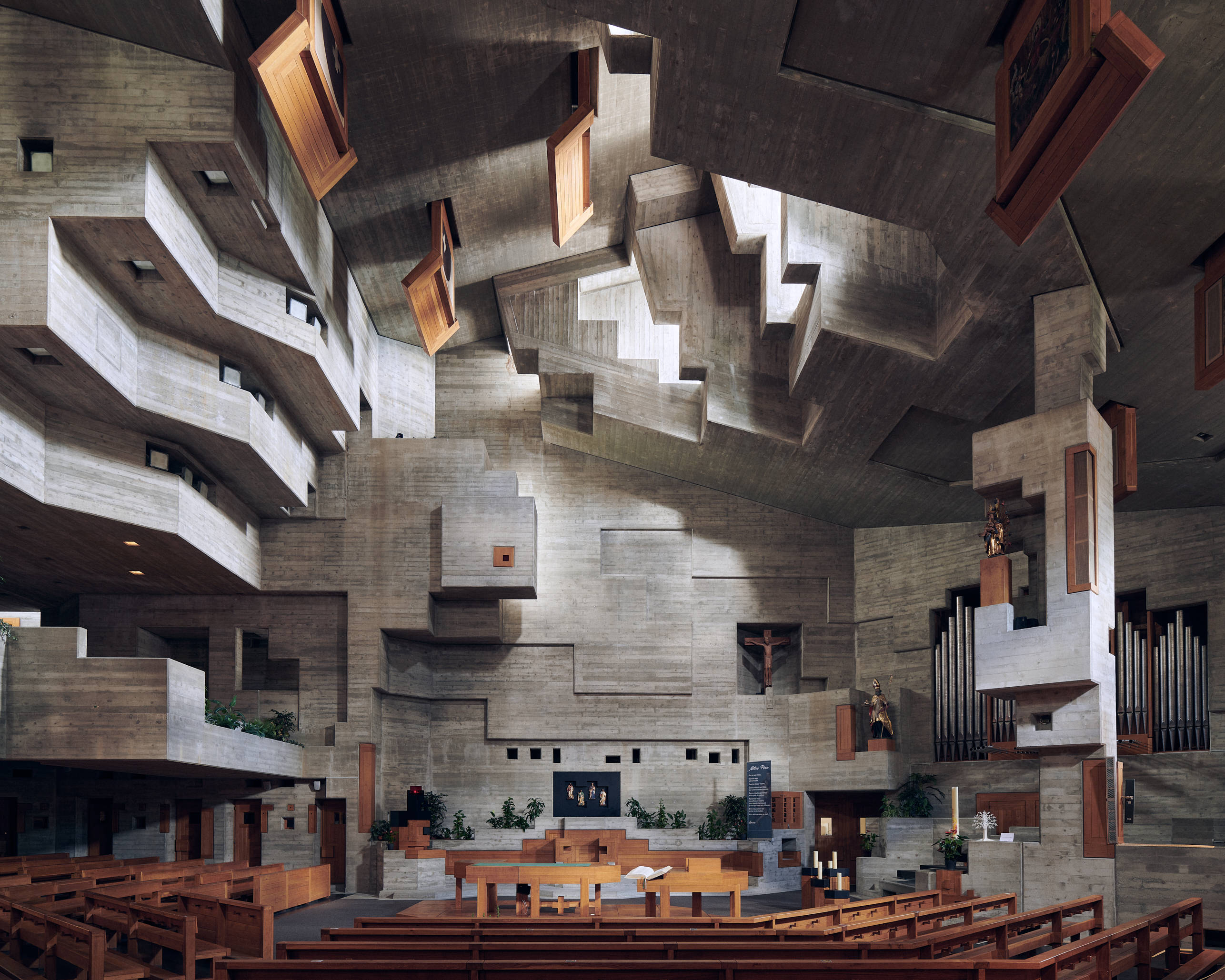
L’Église Saint-Nicolas, Heremence, Switzerland, by Walter Maria Förderer, 1967-1971
'Sacred Modernity': an ode to post-war European churches
For spiritual leaders, a new generation of ecclesiastical architecture was needed for a new generation of worshippers, one that eschewed the hierarchies and symbolism of the past and dove deep into modernism’s advances. Architects had free rein to explore the structural dynamism of new materials and the abstract arrangements conjured up by new juxtapositions of space and light.
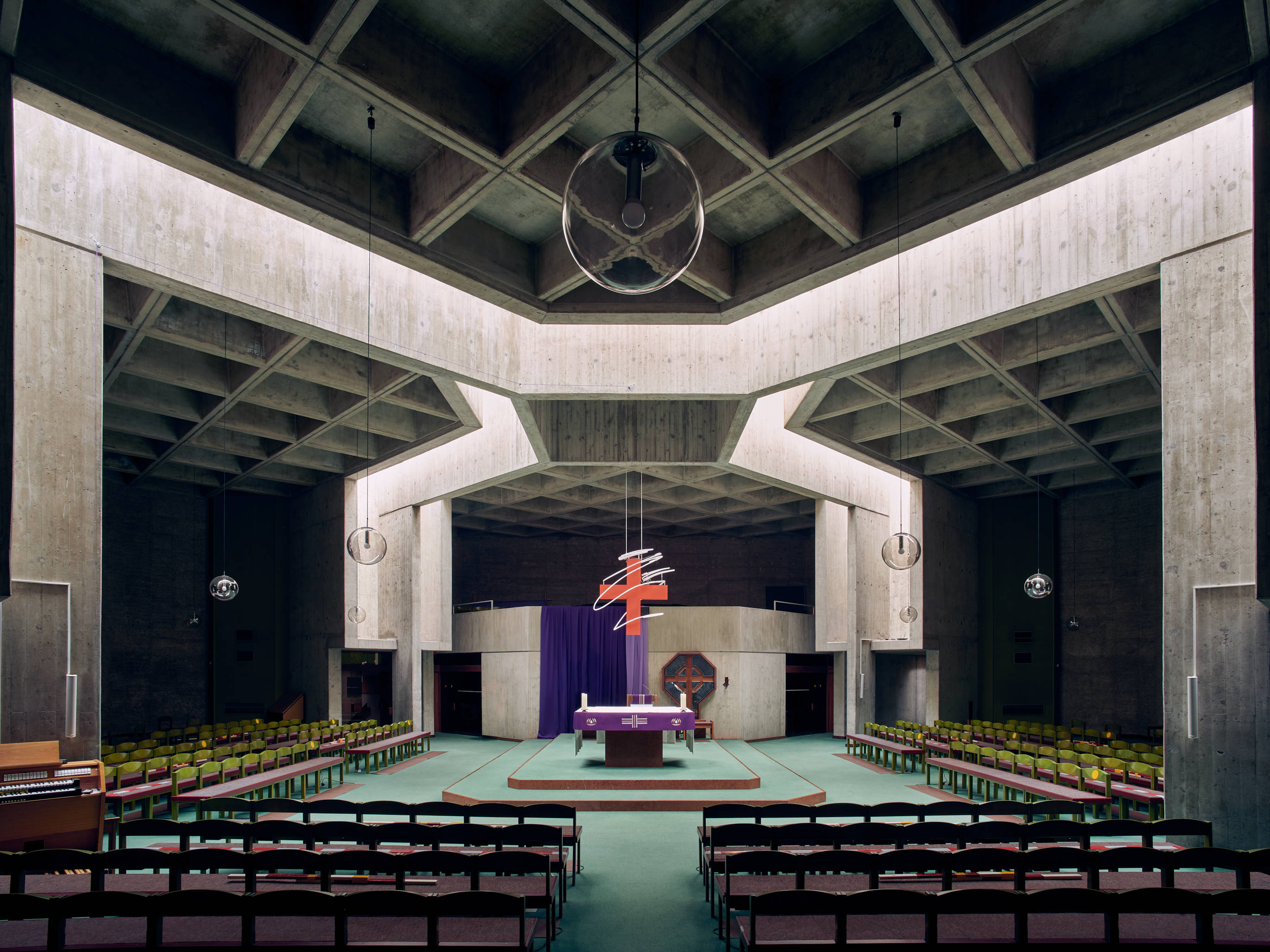
Heilig-Kreuz-Kirche, Vienna, Austria, by Hannes Lintl, 1971-1975
According to the photographer, ‘this was the period when the church married the atheist architect and bore a child of pure form’. The projects chronicled, especially those in Germany, Austria and Switzerland, frequently featured raw concrete as their primary material, and this primal brutalism gives these interiors the same power as the great medieval cathedrals.
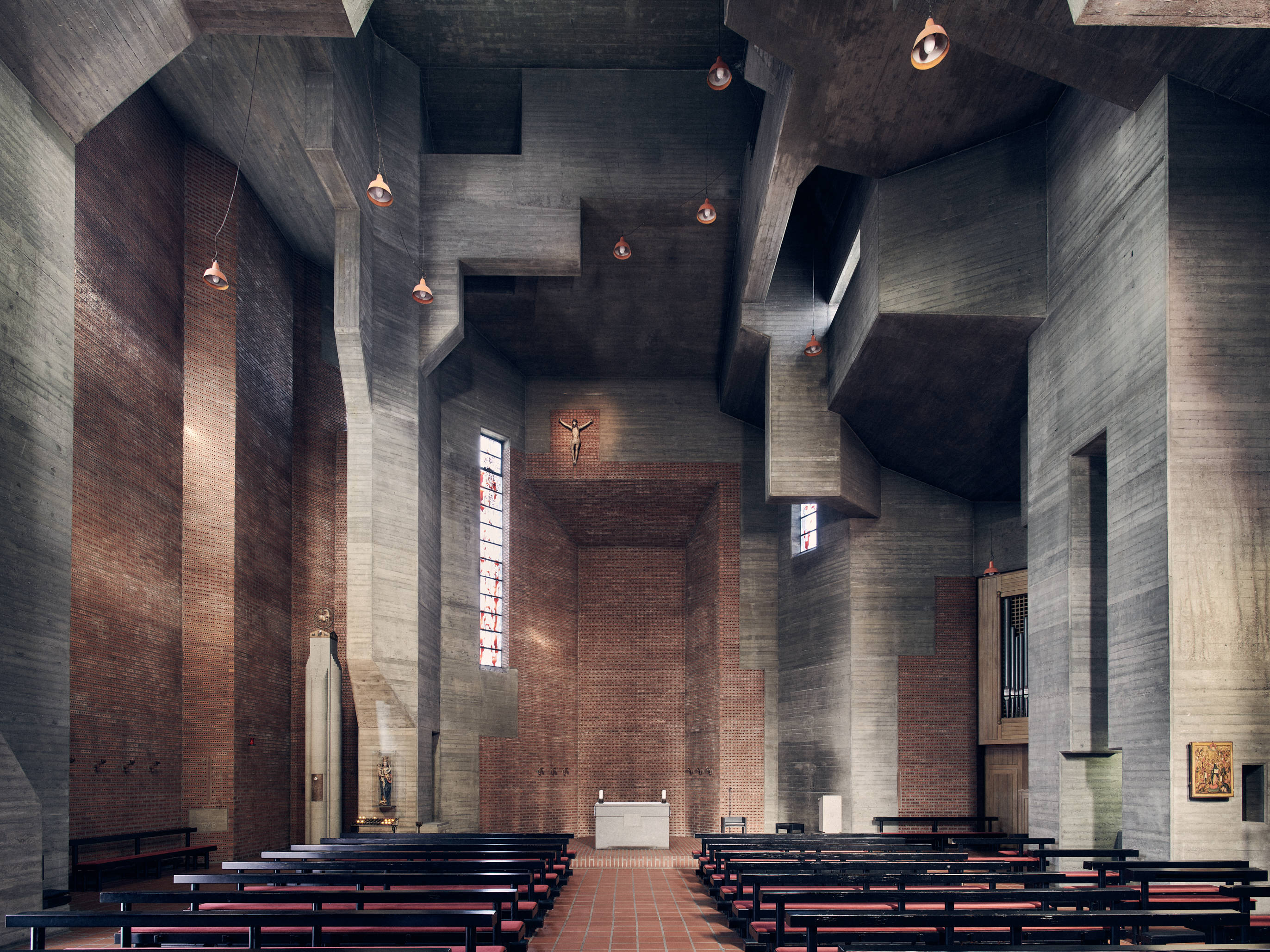
Christi Auferstehung Kirche, Cologne, Germany, by Gottfried Böhm, 1968-1970
McGregor Smith’s stunning images capture the enduring quality of all great ecclesiastical buildings, a sense of being out of time and place, transporting the visitor to a different plane, regardless of their beliefs. In a characteristically iconoclastic endpiece, the writer Jonathan Meades considers the dilution of drama, power and dread in the modern British church, rendered insipid by reform and the democratising influence of modernism.
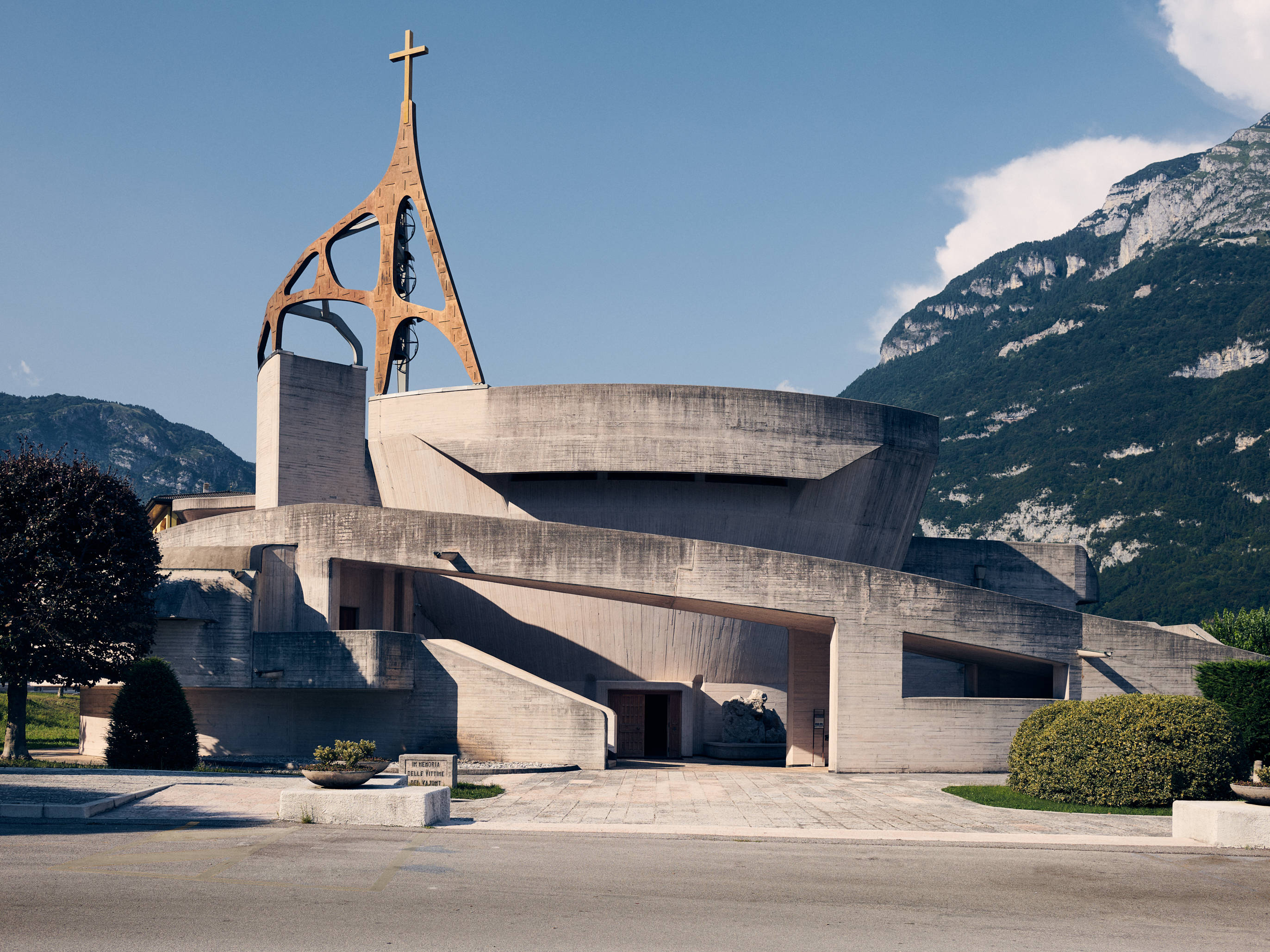
Chiesa di Santa Maria Immacolata, Longarone, Italy, by Giovanni Michelucci, 1975-1977
Regardless of Meades’ declaration that ‘there is no modern vocabulary to embody such an ancient and anachronistic idea’, the featured projects all have a distinct individuality and strength. Unlike a traditional church, these are structures that might outlast their respective creeds, and retain their strength despite society’s inexorable ongoing drift from organised religion.
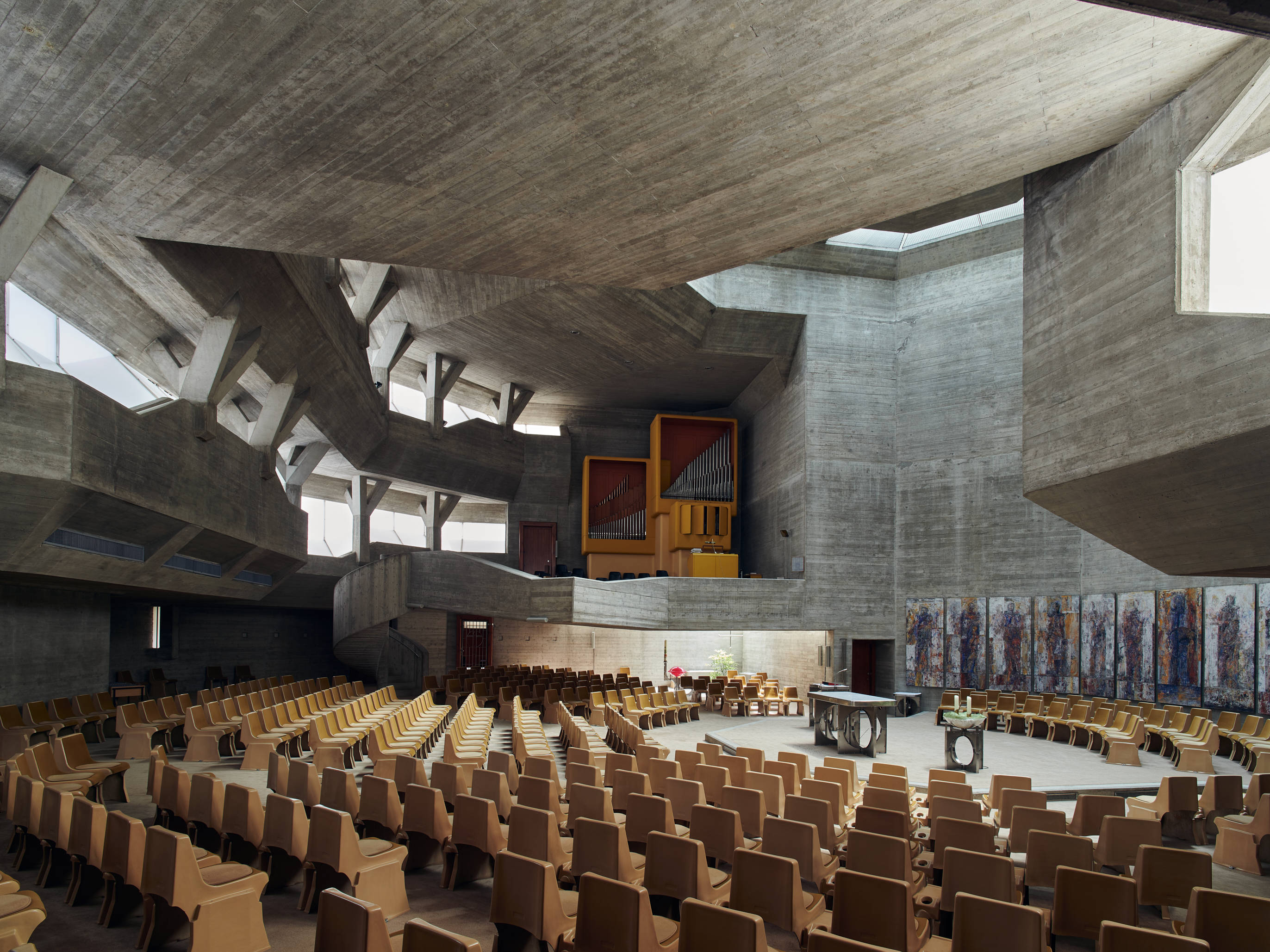
Osterkirche, Oberwart, Austria, Gunther Domenig, by Eilfried Huth, 1967-1969
'Sacred Modernity: The Holy Embrace of Modernist Architecture', Jamie McGregor Smith, Hatje Cantz, £54, also available from Amazon and Barnes & Noble
Wallpaper* Newsletter
Receive our daily digest of inspiration, escapism and design stories from around the world direct to your inbox.
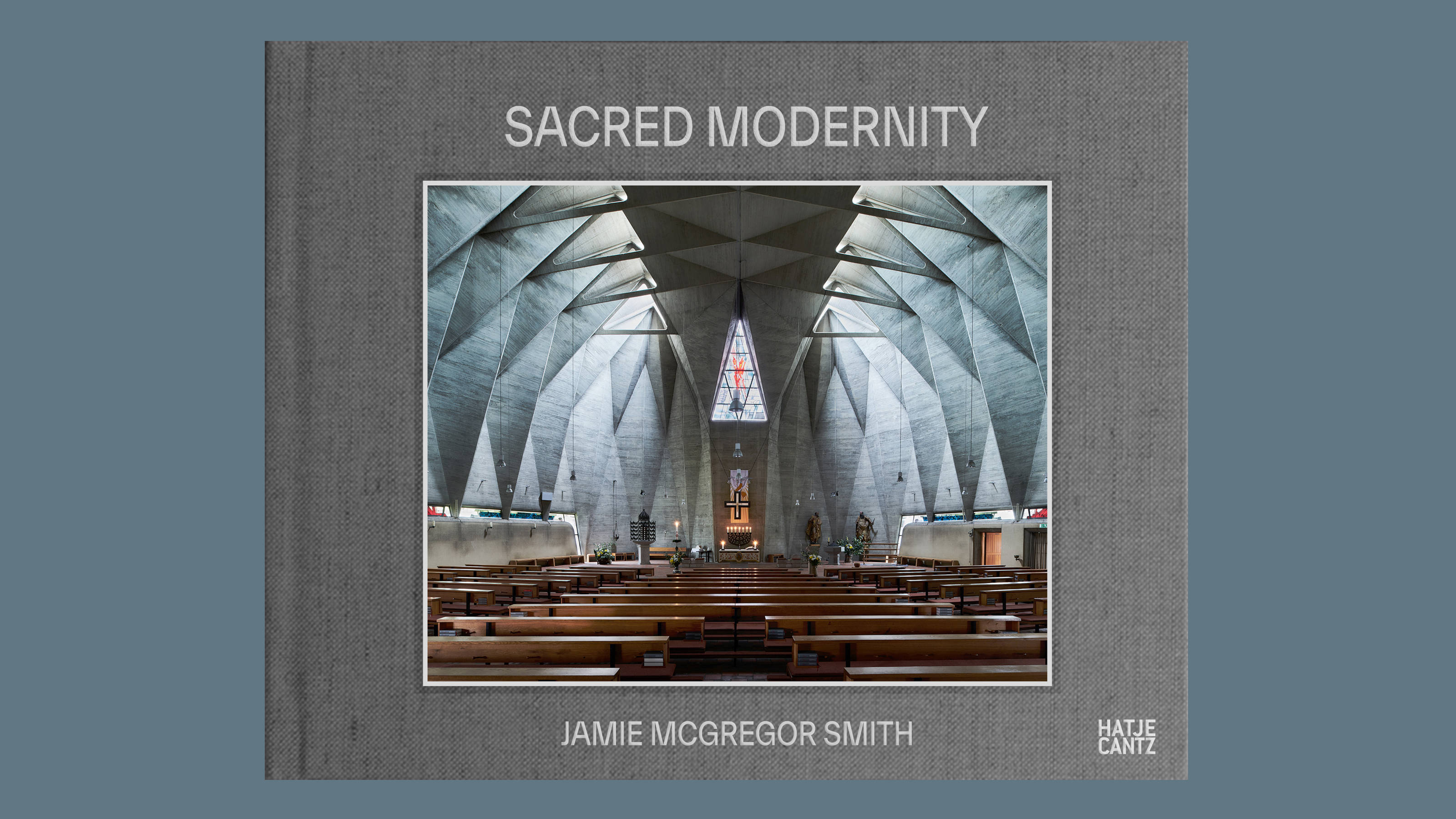
Jonathan Bell has written for Wallpaper* magazine since 1999, covering everything from architecture and transport design to books, tech and graphic design. He is now the magazine’s Transport and Technology Editor. Jonathan has written and edited 15 books, including Concept Car Design, 21st Century House, and The New Modern House. He is also the host of Wallpaper’s first podcast.
-
 Marylebone restaurant Nina turns up the volume on Italian dining
Marylebone restaurant Nina turns up the volume on Italian diningAt Nina, don’t expect a view of the Amalfi Coast. Do expect pasta, leopard print and industrial chic
By Sofia de la Cruz
-
 Tour the wonderful homes of ‘Casa Mexicana’, an ode to residential architecture in Mexico
Tour the wonderful homes of ‘Casa Mexicana’, an ode to residential architecture in Mexico‘Casa Mexicana’ is a new book celebrating the country’s residential architecture, highlighting its influence across the world
By Ellie Stathaki
-
 Jonathan Anderson is heading to Dior Men
Jonathan Anderson is heading to Dior MenAfter months of speculation, it has been confirmed this morning that Jonathan Anderson, who left Loewe earlier this year, is the successor to Kim Jones at Dior Men
By Jack Moss
-
 Tour the wonderful homes of ‘Casa Mexicana’, an ode to residential architecture in Mexico
Tour the wonderful homes of ‘Casa Mexicana’, an ode to residential architecture in Mexico‘Casa Mexicana’ is a new book celebrating the country’s residential architecture, highlighting its influence across the world
By Ellie Stathaki
-
 Ten contemporary homes that are pushing the boundaries of architecture
Ten contemporary homes that are pushing the boundaries of architectureA new book detailing 59 visually intriguing and technologically impressive contemporary houses shines a light on how architecture is evolving
By Anna Solomon
-
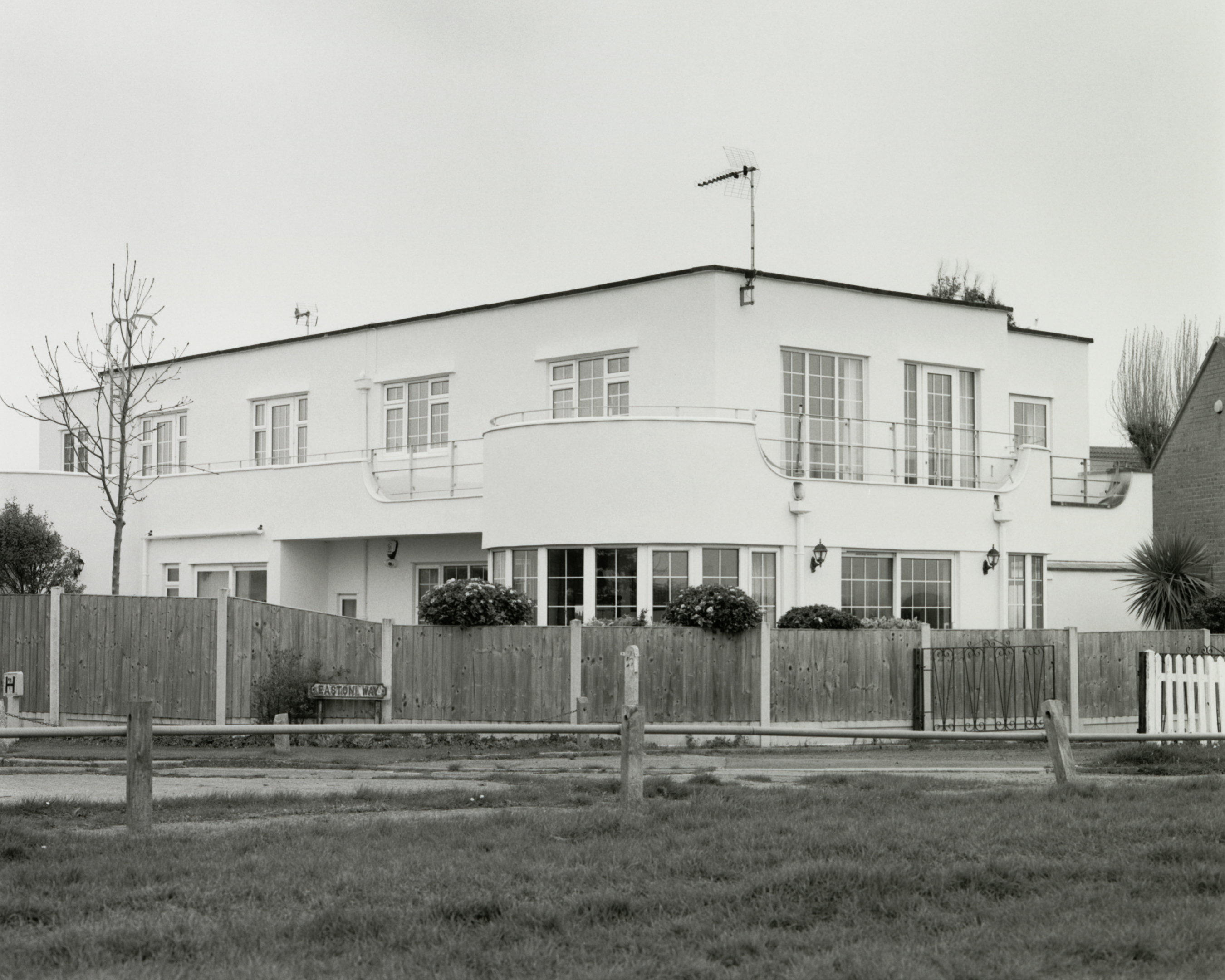 New book takes you inside Frinton Park Estate: the Essex modernist housing scheme
New book takes you inside Frinton Park Estate: the Essex modernist housing scheme‘Frinton Park Estate’, a new book by photographer James Weston, delves into the history of a modernist housing scheme in Essex, England
By Ellie Stathaki
-
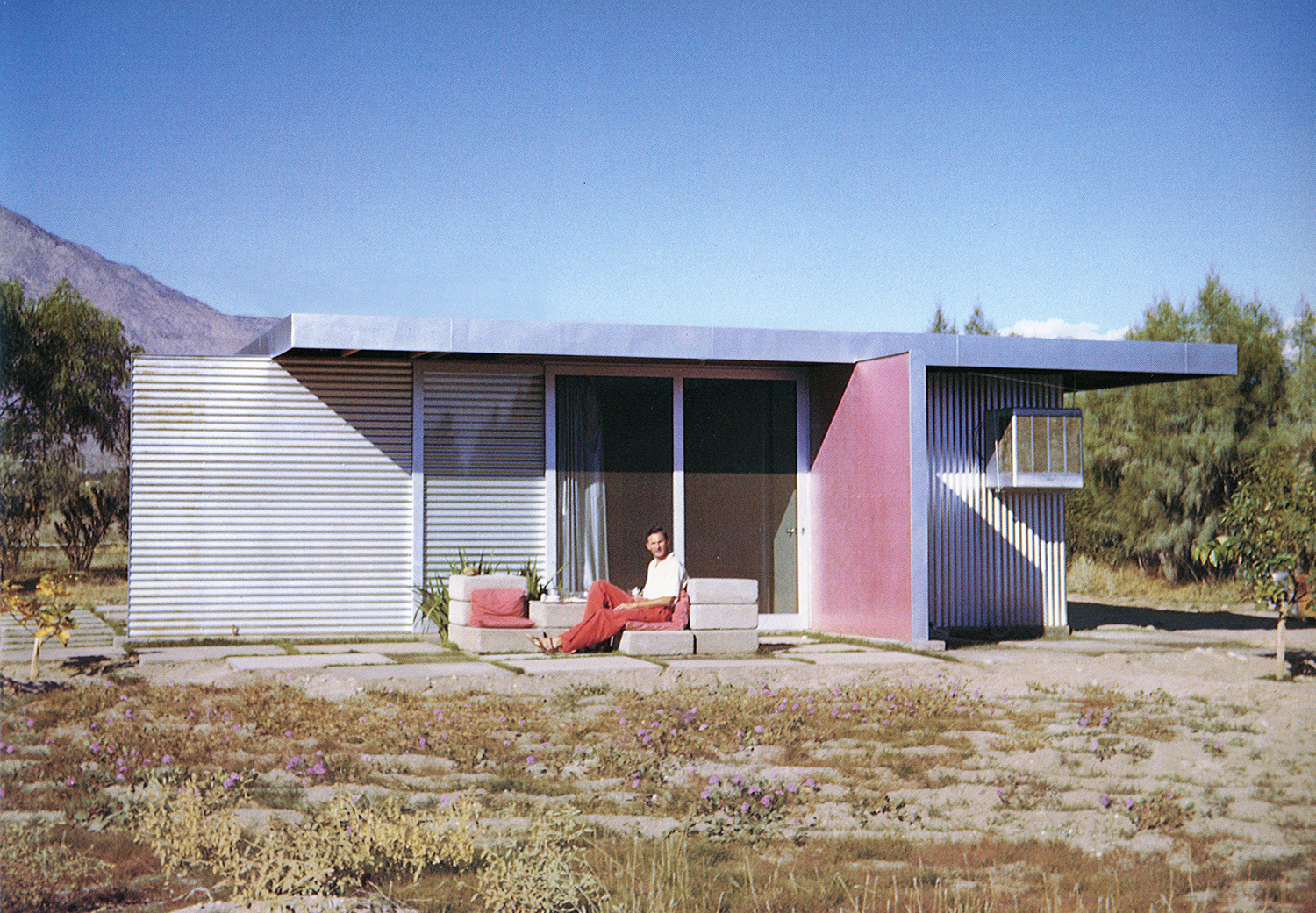 Take a deep dive into The Palm Springs School ahead of the region’s Modernism Week
Take a deep dive into The Palm Springs School ahead of the region’s Modernism WeekNew book ‘The Palm Springs School: Desert Modernism 1934-1975’ is the ultimate guide to exploring the midcentury gems of California, during Palm Springs Modernism Week 2025 and beyond
By Ellie Stathaki
-
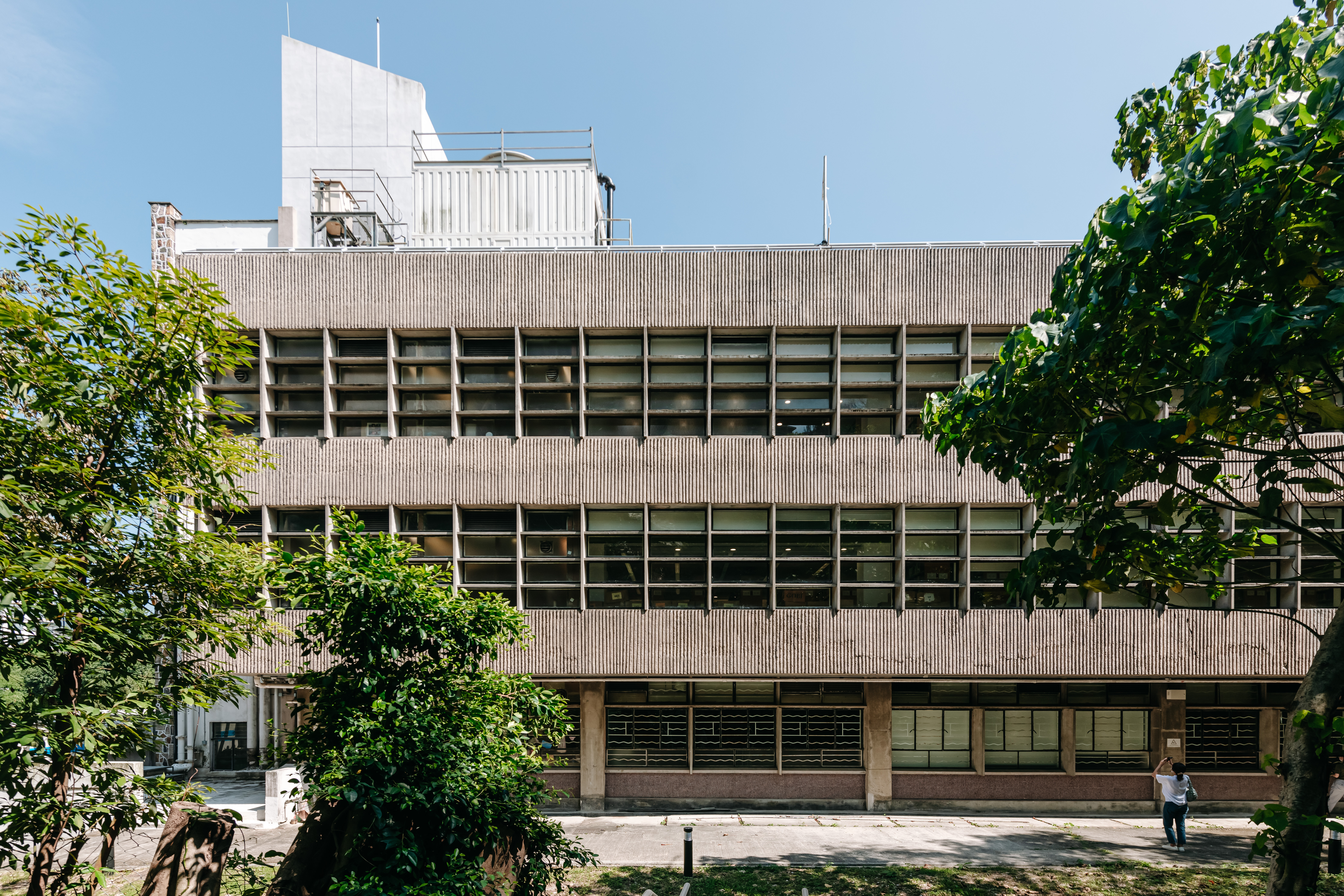 Hong Kong brutalism explored: tour the island with this new architectural map
Hong Kong brutalism explored: tour the island with this new architectural mapHong Kong brutalism is brought into sharp focus through the launch of Brutalist Hong Kong Map, the latest of its kind in publisher Blue Crow Media’s 20th-century architecture series
By Yoko Choy
-
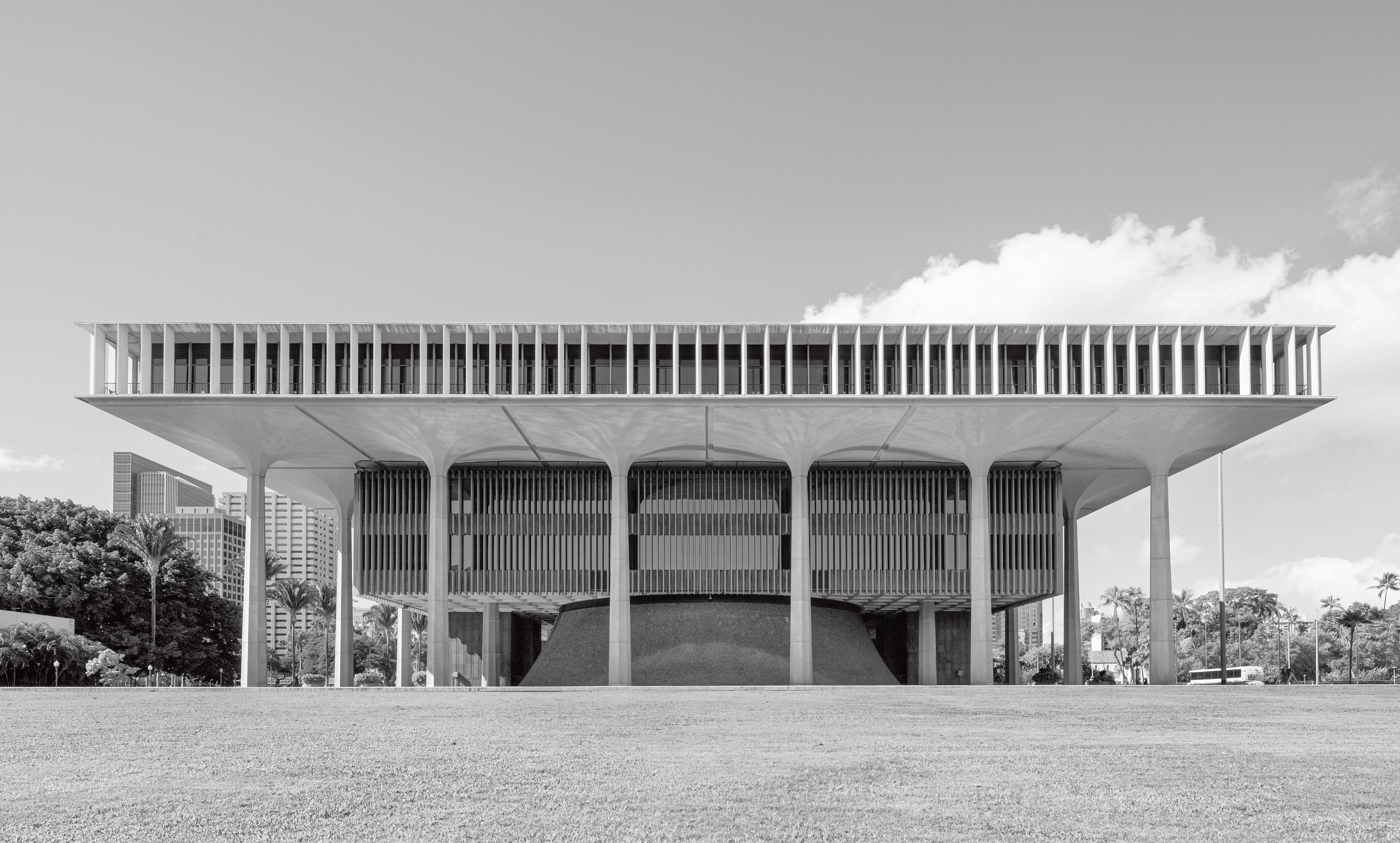 'Mid-Century Modern Masterpieces' captured in new monograph like no book before
'Mid-Century Modern Masterpieces' captured in new monograph like no book before'The Atlas of Mid-Century Modern Masterpieces' chronicles hundreds of iconic structures from this golden age of architectural expression
By Jonathan Bell
-
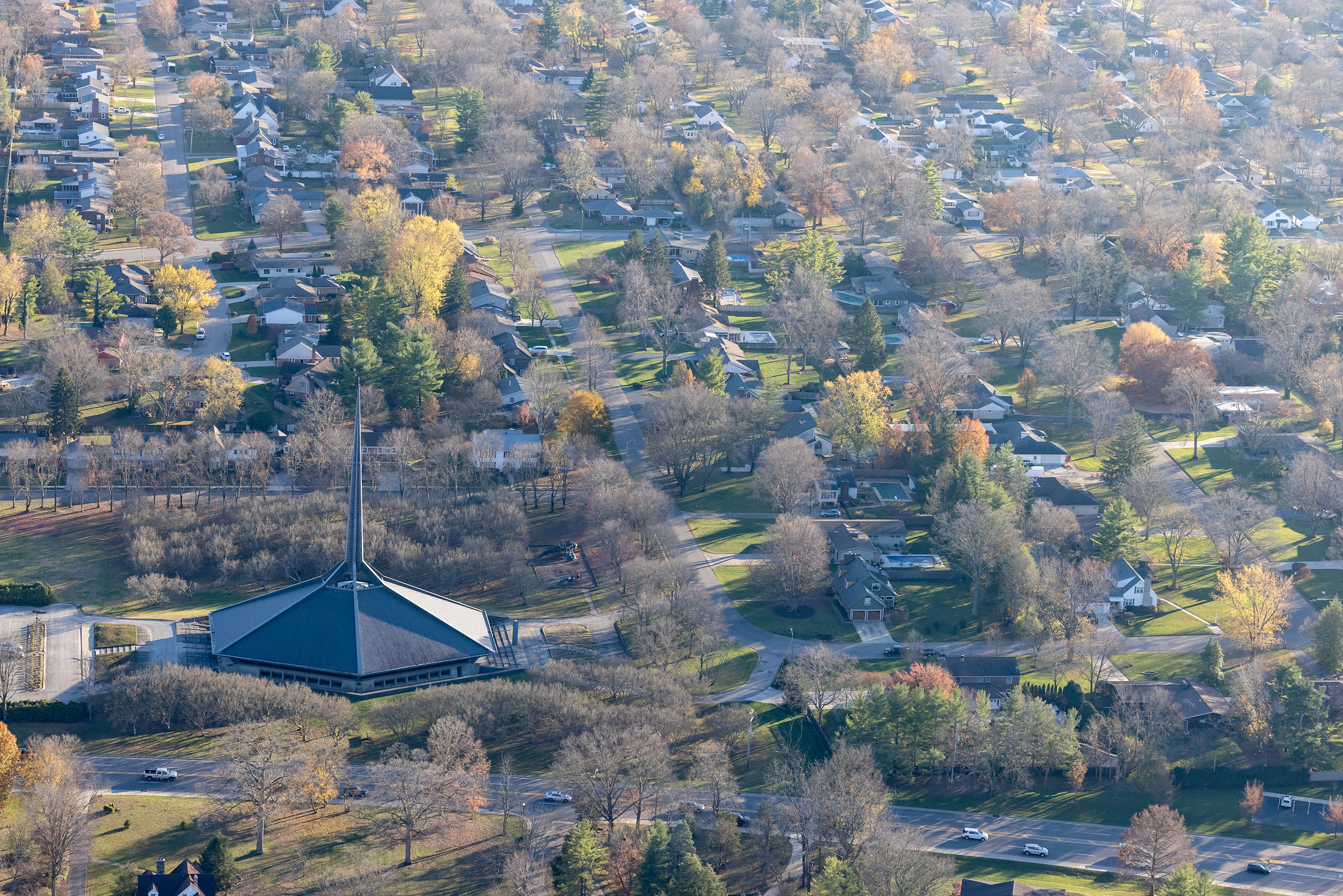 Dive into these new architecture books: Autumn 2024's reading
Dive into these new architecture books: Autumn 2024's readingThe Wallpaper* guide to the new architecture books for Autumn 2024 - from meaty monographs to themed explorations and lots of immersive visuals
By Ellie Stathaki
-
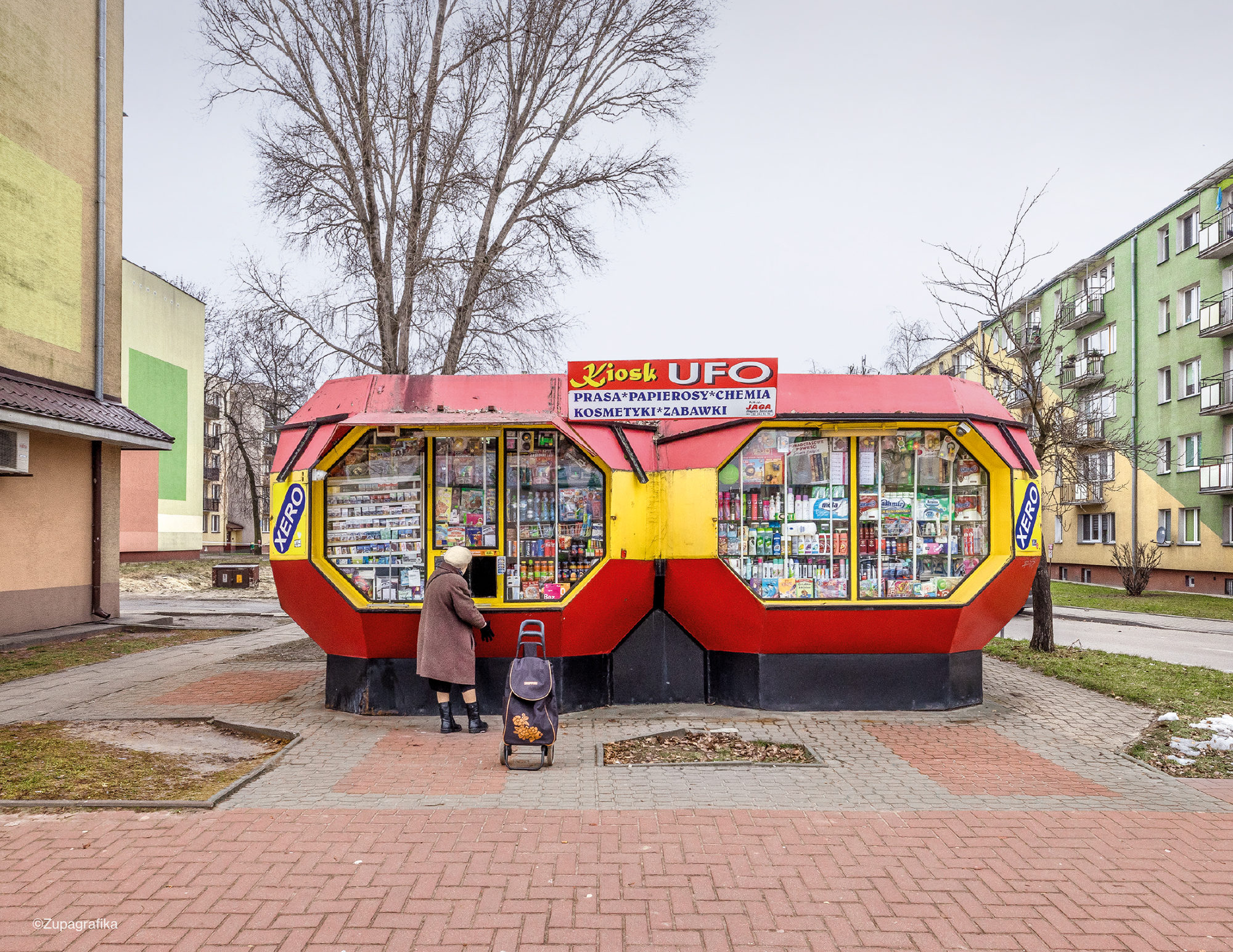 'Kiosk: The Last Modernist Booths' book chronicles a little-known area of Eastern Bloc architecture
'Kiosk: The Last Modernist Booths' book chronicles a little-known area of Eastern Bloc architectureZupagrafika brings Kiosk design, a forgotten slice of socialist architecture history, to life with this collection of modular, modernist booths
By Jonathan Bell